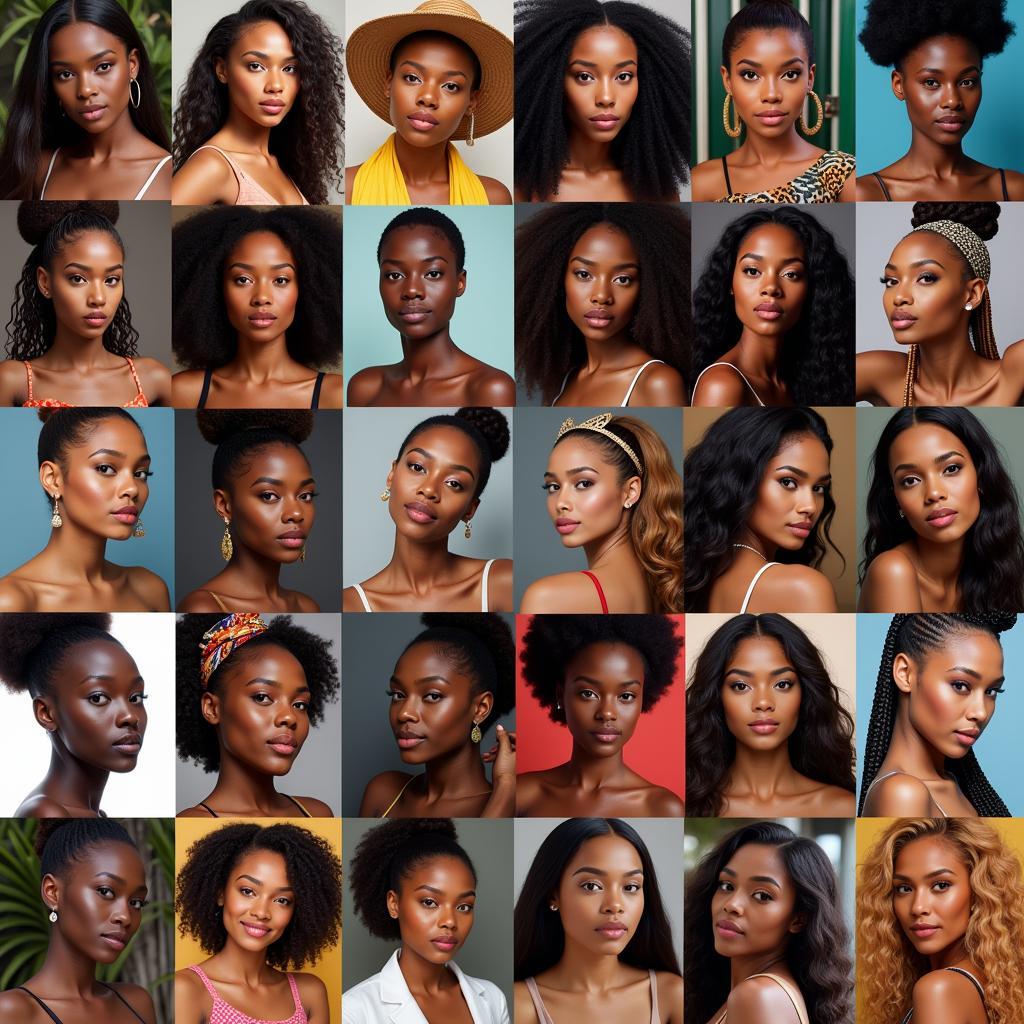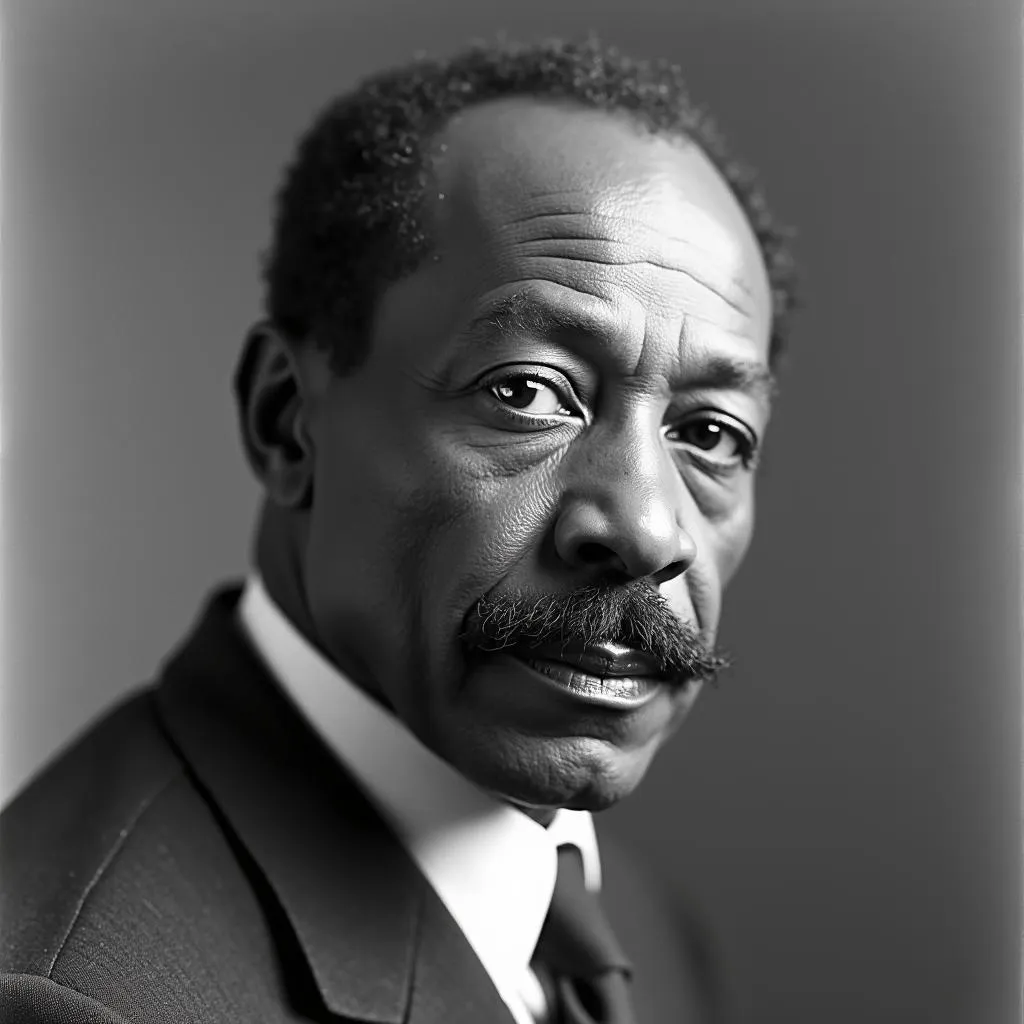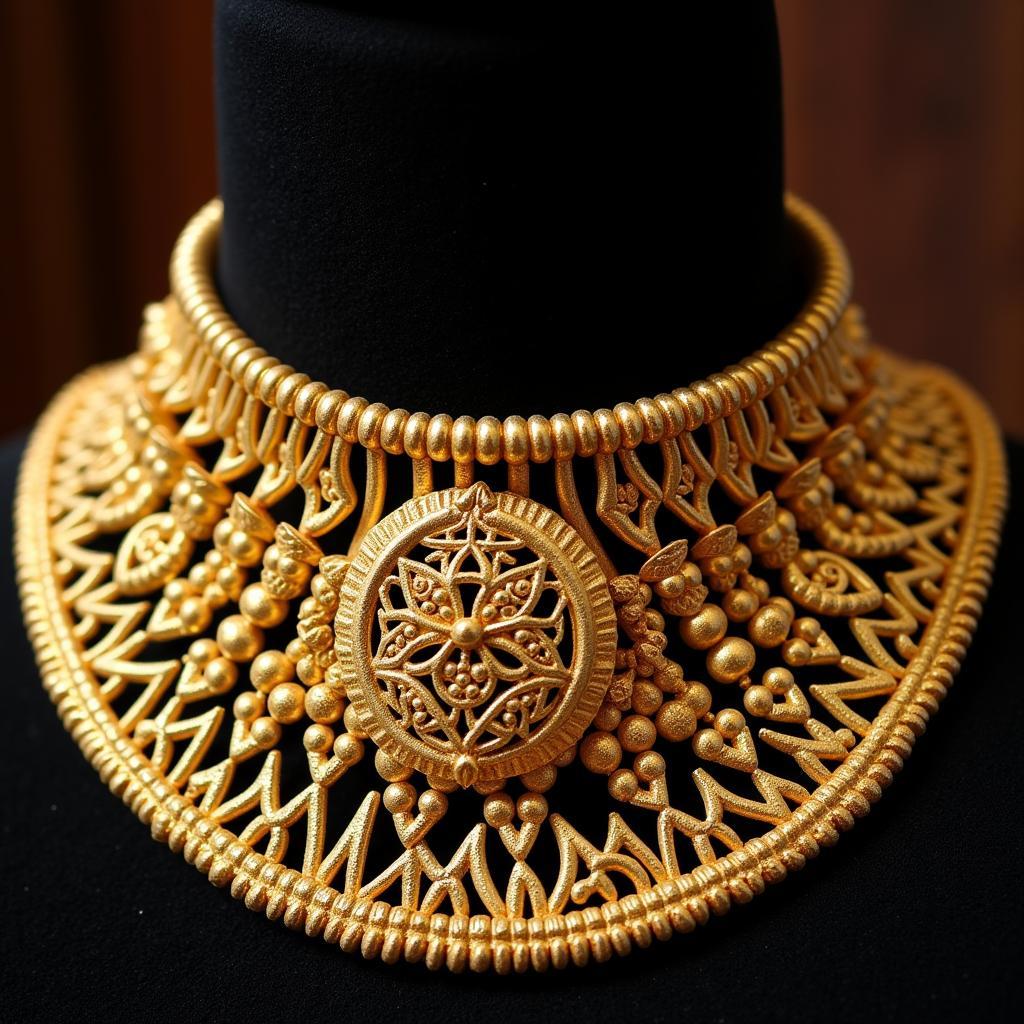Exploring the Vibrant World of African Batik Artists
African Batik Artists represent a rich tapestry of cultural heritage and artistic innovation. From vibrant colors and intricate patterns to the stories woven within each piece, their work offers a unique glimpse into the heart of Africa. This article delves into the world of these talented individuals, exploring their techniques, inspirations, and the significance of batik in African culture.
The art of batik, while practiced globally, holds a special place in Africa, where it has been adapted and transformed into a unique form of expression. African batik artists utilize traditional methods handed down through generations, while also embracing contemporary influences, resulting in a dynamic and evolving art form. This fusion of old and new makes African batik a fascinating subject for art enthusiasts and cultural explorers alike. You’ll discover the unique designs, the process behind creating these masterpieces, and the artists who keep this vibrant tradition alive.
The History and Evolution of Batik in Africa
Batik, a wax-resist dyeing technique, has a long and storied history. While its origins are often traced back to Indonesia, the technique made its way to Africa in the 19th century, primarily through trade routes. African artisans quickly adopted and adapted batik, incorporating their own cultural motifs, patterns, and color palettes. Over time, distinct regional styles emerged, each reflecting the unique traditions and artistic sensibilities of the local communities. From the intricate geometric designs of West Africa to the bold, narrative-driven patterns of East Africa, the diversity of African batik is a testament to the continent’s rich artistic heritage. The evolution of batik in Africa is a compelling narrative of cultural exchange and artistic innovation.
After arriving in Africa, batik quickly integrated with existing textile traditions. African costumes and textiles were already rich with symbolic meaning, and batik added another layer of complexity and artistic expression. The wax-resist method allowed for greater control over the dyeing process, enabling artists to create intricate patterns and designs that were previously impossible.
Meet the Masters: Celebrated African Batik Artists
Numerous talented African batik artists have gained recognition for their exceptional craftsmanship and artistic vision. These individuals are not only preserving a traditional art form but also pushing the boundaries of batik, experimenting with new techniques and exploring contemporary themes. Their work often reflects the social, political, and cultural landscapes of their communities, making it a powerful medium for storytelling and social commentary. Some artists focus on traditional motifs and patterns, while others incorporate contemporary elements, creating a vibrant tapestry of artistic expression.
Learning about these artists offers a deeper understanding of the cultural significance of batik. African designs art encapsulates more than just aesthetics; it tells stories, preserves history, and celebrates the vibrant spirit of the continent.
Shining a Spotlight on Emerging Talent
Beyond the established masters, a new generation of African batik artists is emerging, bringing fresh perspectives and innovative techniques to the art form. These up-and-coming artists are pushing the boundaries of tradition, experimenting with new materials, and incorporating contemporary influences into their work. Their creations reflect the evolving cultural landscape of Africa, offering a glimpse into the future of batik art.
“The younger generation is breathing new life into batik,” says renowned textile artist Anika Nkosi, “They are not afraid to experiment, to blend the old with the new, and to use their art to address contemporary issues.”
Understanding the Batik Process: From Design to Finished Product
The creation of a batik masterpiece is a labor-intensive process that requires skill, patience, and artistic vision. It begins with the selection of the fabric, often cotton or silk, which is then prepared for dyeing. The design is carefully drawn or stamped onto the fabric, and hot wax is applied to the areas that are to remain undyed. The fabric is then dyed, and the process of waxing and dyeing is repeated multiple times to create layers of color and intricate patterns. Finally, the wax is removed, revealing the vibrant design. Each step in the process is crucial to the final outcome, showcasing the artist’s mastery of the technique. Understanding the intricate process behind batik allows one to truly appreciate the artistry and craftsmanship involved.
African lace fabric for sale often features batik designs, highlighting the technique’s popularity and versatility. This intricate process results in beautiful and unique textiles that are highly valued for their artistic and cultural significance.
Tools and Materials Used in Batik Making
African batik artists utilize a variety of tools and materials to create their masterpieces. These include the tjanting, a copper tool used to apply the wax, dyes made from natural or synthetic ingredients, and stamps or stencils for creating intricate patterns. The choice of materials and tools often varies depending on the region and the artist’s individual style. African batik facts provide a deeper understanding of the materials and techniques used in this unique art form.
The Cultural Significance of African Batik
Batik plays a significant role in many African cultures. It is not merely a decorative art form but is often imbued with symbolic meaning, representing cultural identity, storytelling, and spiritual beliefs. Batik is used in clothing, ceremonial garments, wall hangings, and other decorative items, reflecting its integral role in everyday life and special occasions. The intricate patterns and vibrant colors often hold deep cultural significance, telling stories of ancestry, mythology, and social values. African geometric abstract print is a popular style, demonstrating the enduring appeal of this unique art form. Understanding the cultural context of African batik adds another layer of appreciation for this vibrant art form.
“Batik is more than just fabric; it is a living testament to our history and traditions,” explains Adebayo Olajide, a respected cultural historian. “Each piece tells a story, and by wearing or displaying batik, we are keeping those stories alive.”
Conclusion
African batik artists are preserving a rich cultural heritage while simultaneously pushing the boundaries of artistic expression. From traditional motifs to contemporary interpretations, their work reflects the vibrant spirit and diverse cultures of the African continent. Exploring the world of African batik offers a fascinating journey into a world of color, pattern, and cultural significance. By supporting these artists and appreciating their craft, we can help ensure that this vibrant art form continues to thrive for generations to come.
FAQ
-
What is African batik?
African batik is a textile art form that utilizes a wax-resist dyeing technique to create intricate patterns and designs on fabric. -
Where did African batik originate?
While batik originated in Indonesia, it was introduced to Africa in the 19th century and has since evolved into a unique African art form. -
What are some common motifs in African batik?
Common motifs include geometric patterns, animal representations, and symbols related to nature, spirituality, and cultural identity. -
How is African batik made?
The process involves applying hot wax to the fabric in areas that are to remain undyed, then dyeing the fabric repeatedly, layering colors and patterns. -
Where can I purchase authentic African batik?
Authentic African batik can be purchased from reputable art galleries, craft markets, and online platforms specializing in African art. -
How can I care for my African batik?
Hand washing is recommended to preserve the vibrant colors and intricate designs. Avoid harsh chemicals and direct sunlight. -
What is the cultural significance of African batik?
African batik holds deep cultural meaning, often representing cultural identity, storytelling, and spiritual beliefs.
If you have any questions or need assistance, please contact us.
Phone: +255768904061
Email: kaka.mag@gmail.com
Address: Mbarali DC Mawindi, Kangaga, Tanzania.
We have a 24/7 customer service team ready to assist you.


